The Complete Hognose Care Guide
January 20, 2023
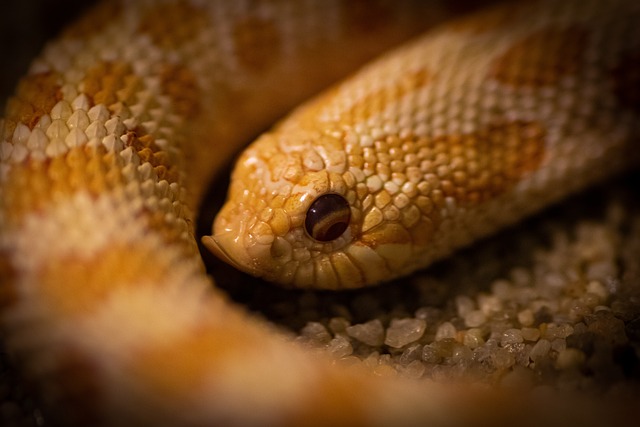
Table of Contents
- Handling your Hognose
- Hognose Enclosure
- Hognose Substrate
- Feeding your Hognose
- Lighting and Temperature for your Hognose
- Hognose Humidity
- Hognose Supplies
- Buying a Hognose
The Hognose Care Sheet
Hognose snakes are famous for having quite the personality. They are dramatic snakes that are known for flattening out their ribs to puff up like a cobra. These snakes also play dead, which can be entertaining to watch. Hognoses have up-turned snouts that act as a shovel as they dig holes and make tunnels. These snakes typically grow to be about 3 feet long, and can live to be about 10 - 15 years old on average in captivity. Hognoses are a mildly venomous species. Their venom can be compared to that of a bee sting, and are relatively harmless to humans unless you are allergic. If you’re looking for an entertaining snake that stays on the smaller side the hognose may be the snake for you.
Handling Your Hognose
When you first bring home your hognose snake it is important to place them directly into their enclosure and avoid handling them for a full week. Moving environments can be very stressful, so it's good to allow some time for them to settle in before handling. If you already own reptiles, it is also a good idea to quarantine your snake away from them. Wash your hands thoroughly between handling your new pet and your current reptiles. This is because there are many diseases, parasites, and bugs that can be passed between reptiles, some of which are deadly. If you’d like an in-depth guide to quarantine you can check out my article on how to quarantine new reptiles here. If this is your first snake, then no need to quarantine, though I do recommend keeping them on a paper towel substrate for the first month to watch for healthy droppings.
When handling your new hognose snake, be sure to securely hold them with both hands to support their full body. Too often I have seen people holding up their snakes by the tail, which can cause damage to their spine. Always remember to wash your hands before and after handling your snake as well. This prevents the spread of bacteria, and also ensures that your hognose won’t mistake you as food if you’ve been handling rodents recently. Though hognoses are docile snakes that rarely bite, if you handle them in a way that mimics feeding they may become confused and bite you. If your hognose does bite you, don’t panic, and don’t yank away from them. Hognoses have fragile, small teeth which can be ripped out if you pull away from them. Most of the time your snake will instantly let go after biting, but if they don’t just run some cool water over their faces and they'll let go.
Hognose Enclosure
Hognoses are fairly small snakes, and because of that they don’t require a huge enclosure. This can be awesome if you’re someone who is limited on space. A full grown hognose can be housed in a 20 gallon enclosure, though bigger is always better. Baby hognose snakes are known for being good escape artists, so make sure that the enclosure you pick has a secure lid. I always recommend choosing an enclosure with front opening doors as well, as it will make cleaning and handling much easier. If the enclosure you choose has a top opening screen lid, be sure to purchase some clamps to hold it down. After putting the clamps on pull up on the lid to make sure it's tightly into place. Do not try to house multiple hognoses in the same tank. It causes the snakes unnecessary stress, and oftentimes will end with one snake eating the other.
Your hognose’s enclosure should be spot cleaned daily and deep cleaned once a month. During the deep clean you will want to remove all of the accessories and substrate. Wipe the tank down really well, and then add in fresh new substrate. Give the accessories a good wash and thorough rinse, allowing them to fully dry before putting them back.
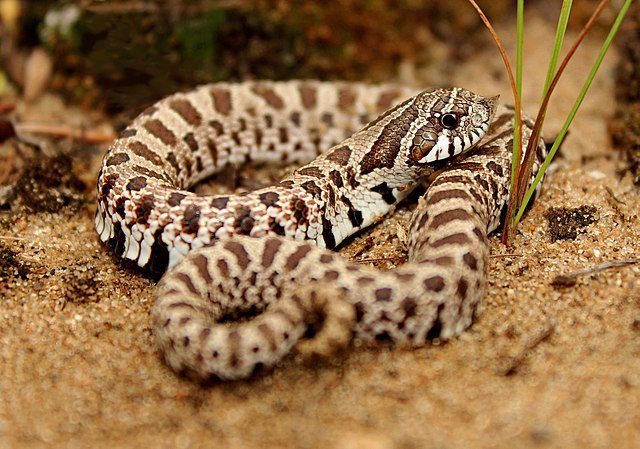
Hognose Substrate
As a snake that burrows, substrate is very important to the hognose. Aspen is a cheap, readily available substrate that would be perfect for your new friend. Coconut husk is similar to aspen and would also be a good choice, however it is harder to find in stores and can oftentimes be more expensive. Coconut fiber, not to be confused with coconut husk, if another great substrate. This substrate is a loose, fine substrate that will provide your hognose with optimal digging opportunities. Coconut fiber is also readily available in stores and online. Avoid reptile carpet. Even though it is advertised for reptiles, it is not the best choice. Not only does it take away the option of burrowing, it's known for harboring bacteria. Stay away from pine and cedar as well, these types of wood are known for being toxic to reptiles and can cause respiratory infections.
Feeding your Hognose
In the wild, hognoses eat a wide variety of lizards, frogs, and rodents. In captivity they are fed a diet of mice, which will supply them with all the nutrition they need. The mice they eat can be acquired at many pet stores and are readily available. When in doubt about what size mouse your hognose needs, always feed prey that is no larger than 1 ½ times their body at the widest point.
Should I Feed my Hognose Live or Frozen Thawed?
You should always try to feed your hognose frozen thawed mice. This is to prevent any injury from live feeding. When a snake is constricting a mouse, the mouse will fight tooth and claw to save its life, which can lead to bits and scratches on your snake. Feeding frozen thawed rodents eliminates this concern. If this is your first time dealing with frozen mice, I have a guide here on how to properly defrost mice and rats for your snake.
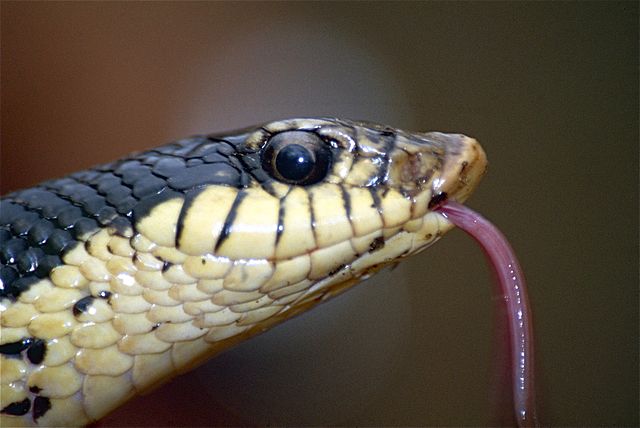
Lighting and Temperature for your Hognose
All reptiles, including hognoses are cold blooded creatures that depend on their surroundings to warm them up and regulate their temperature. Because of this, it is essential to provide your hognose with a heating source. The cool side should be between 70 - 75°F and the hot side should be between 80 - 85°F. A heat lamp will double as a heating source and a light. The wattage bulb you will need for your hognose is entirely dependent on the temperature in your house. The cooler your house, the higher wattage you will need and vice versa. This bulb should be left on for 12 hours a day to provide your snake with a day and night cycle. You should also have a heating source at night, such as a heat mat or CHE (ceramic heat emitter). These heat sources will provide your hognose with the warmth they need, without putting off light, which can mess up their circadian rhythm. Stay away from bulbs marketed as “night lights” or “red lights”. Your hognose can see these lights and it will confuse its day and night cycle. You will need to purchase two hygrometers, one for the hot side of the enclosure, and one for the cool side. Hygrometers will display both the temperature and humidity in the enclosure. These can be overpriced in pet stores, but you can usually find a good deal on them on Amazon.
Hognose Humidity
Hognose snakes require a humidity range between 30 - 50%. Keeping snakes within their needed humidity range is essential for their health. Too high humidity can lead to respiratory infections, and too low humidity can cause stuck shed. This is a rather low humidity range for snakes, and it should be easily achievable. Most houses maintain these levels on their own, but if you are struggling, here are some ways to raise and lower your humidity:
Humidity Too Low:
Move the water dish under the heat lamp
Use coconut husk or coconut fiber as substrate - they both hold in humidity very well
Cover ⅓ of the lid with tin foil or a damp towel (but if using a towel be sure to change it out and wash it often to prevent the growth of mold)
Add moss to the enclosure
Humidity Too High:
Move the water dish to the cool side of the enclosure
Have a well ventilated enclosure (screen lids are good for ventilation)
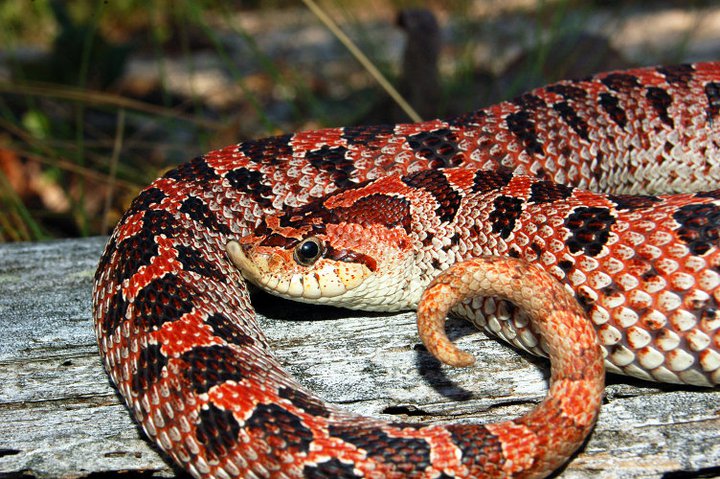
Hognose Supplies
Caring for your hognose doesn’t stop at the substrate and enclosure. They require a few more things to thrive and be happy. After all, a happy snake is a healthy snake. Let’s talk about other things you will need to keep your hognose happy and healthy.
Water
All living creatures need water to survive, so it's obvious that a hognose would too. When choosing a water dish, try to pick one that is heavy, large enough for your snake to curl up in, and dishwasher safe. A heavy dish will help prevent your hognose from tipping it over, or getting crushed underneath it while they burrow. Many snakes will soak before they shed, so it is also important to supply them with a large dish that their bodies will fully fit in. A dishwasher safe dish will make for a more stress free cleaning experience, however it isn’t absolutely necessary. Hand washing the bowl with dawn dish soap works just as well. Your hognose’s water should be changed out every couple of days, and cleaned immediately if the water becomes dirty.
Decorating your Hognose’s Enclosure
Many people want an enclosure that is aesthetically pleasing to look at. This is a win win for both you and your hognose. Hognose snakes require at least two hides (though having more never hurts anything!). One should be placed on the hot side of the enclosure, and the other should be placed on the cool side. The hide should be large enough for your snake to curl up in, but not so large that it doesn’t feel secure. There are so many options to choose from, so you’re bound to find something that makes both you and your snake happy. You should also supply your hognose with tons of fake plants throughout the enclosure. This will help clutter up the tank and in turn make your snake feel safer while moving between the heat gradients. Leaves and other rough objects (but not sharp) help to naturally pull the shed off your snake as well. You will also need to provide your hognose with branches or hammocks to climb on throughout the enclosure. Climbing opportunities encourage your snake to exercise, preventing them from becoming obese. Branches don’t have to cost money either! When properly sanitized, the ones in your own backyard become awesome, free decor. If you’d like to learn how to sanitize branches for your hognose, check out my article on sanitizing branches for reptiles.
Buying a Hognose
Hognoses are not commonly found in pet stores, but that's not always a bad thing. Commercial pet stores usually have uncared for and sometimes sick snakes. This is due to the employees working in these stores not being fully educated on reptiles, and because of that, they often do not supply them with the care they need. Instead, I recommend checking out Morphmarket.com (not this isn’t a sponsor, it's just where I've gotten 99% of my snakes from). This is a huge platform filled with hundreds of breeders who are passionate about their snakes. There are tons of healthy hognoses to choose from, and you may even be able to find a local breeder if you’d like to avoid shipping. Always make sure to read breeder reviews before making a purchase. I've personally never had an issue with a breeder there, but it's always better to be safe than sorry.

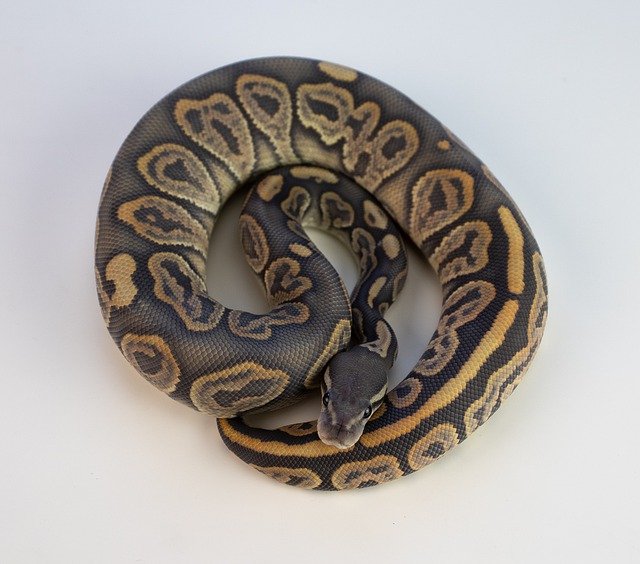
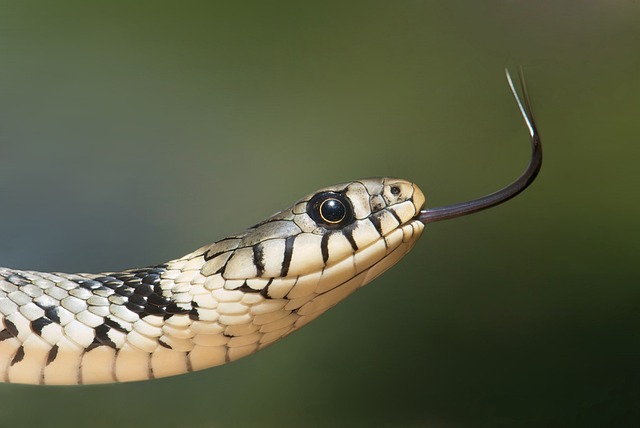
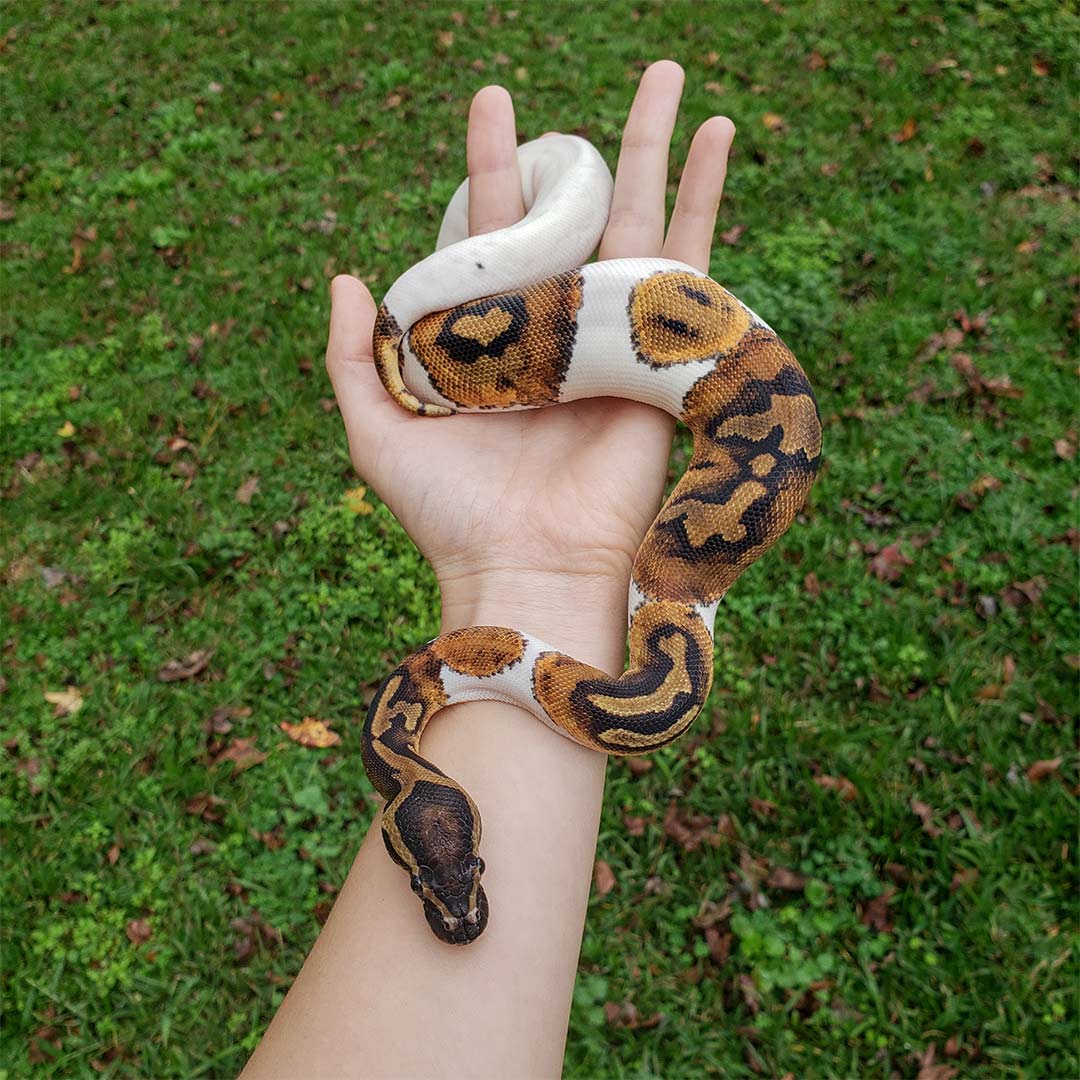



Sending...